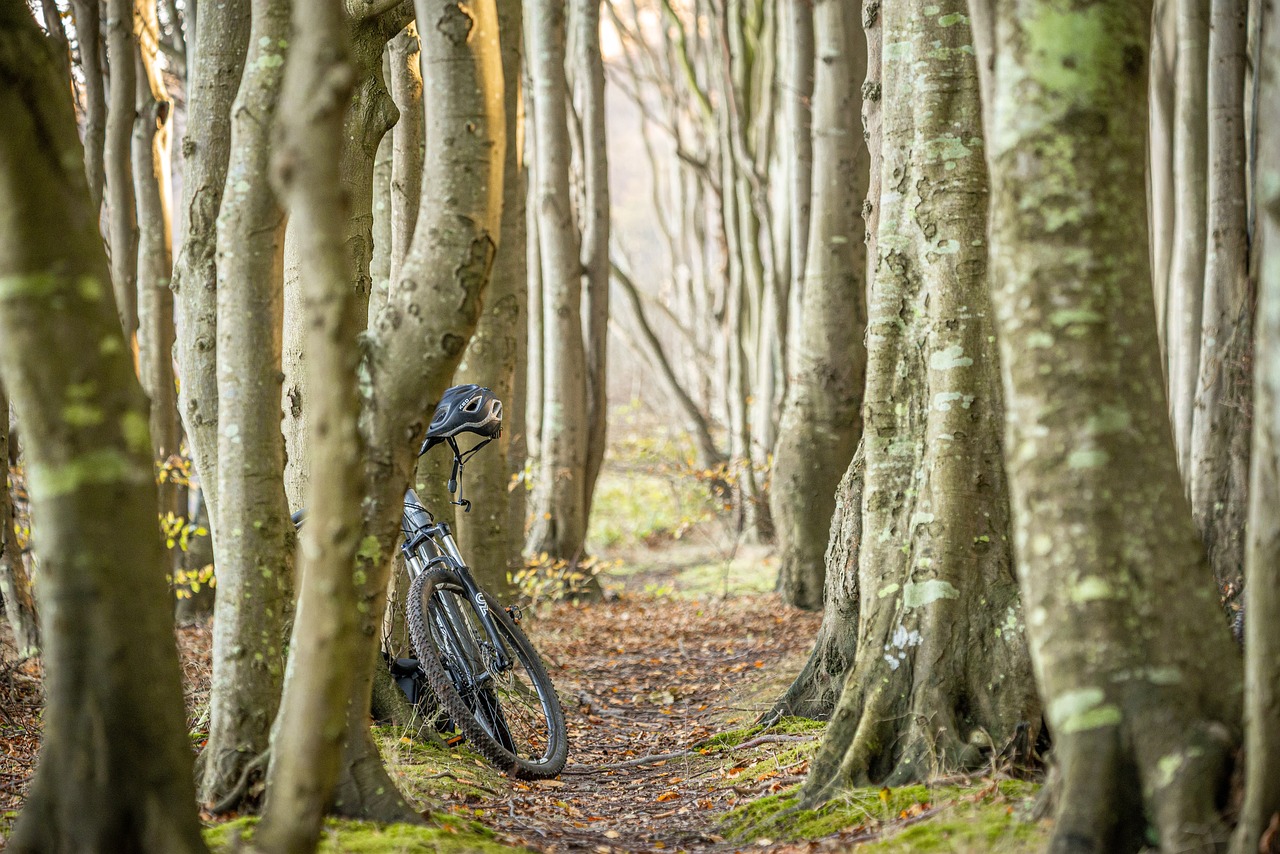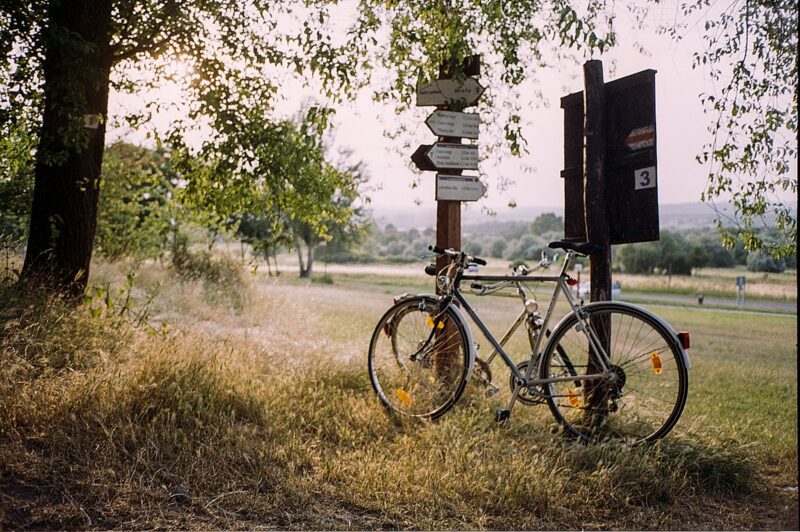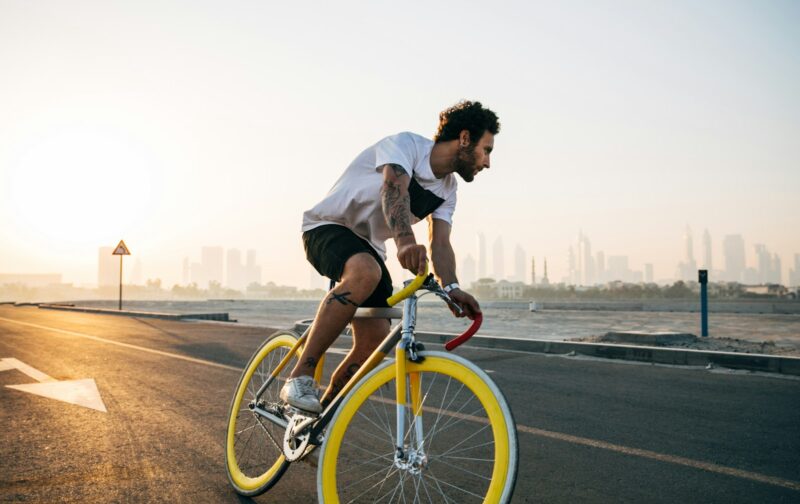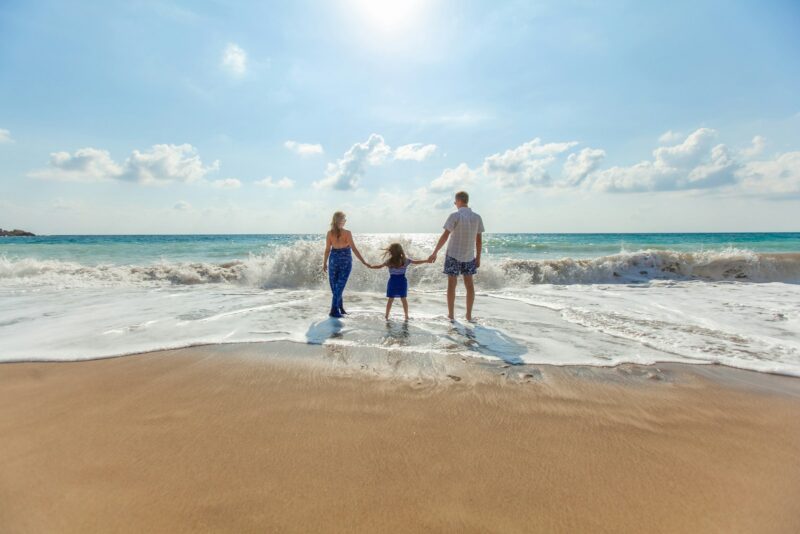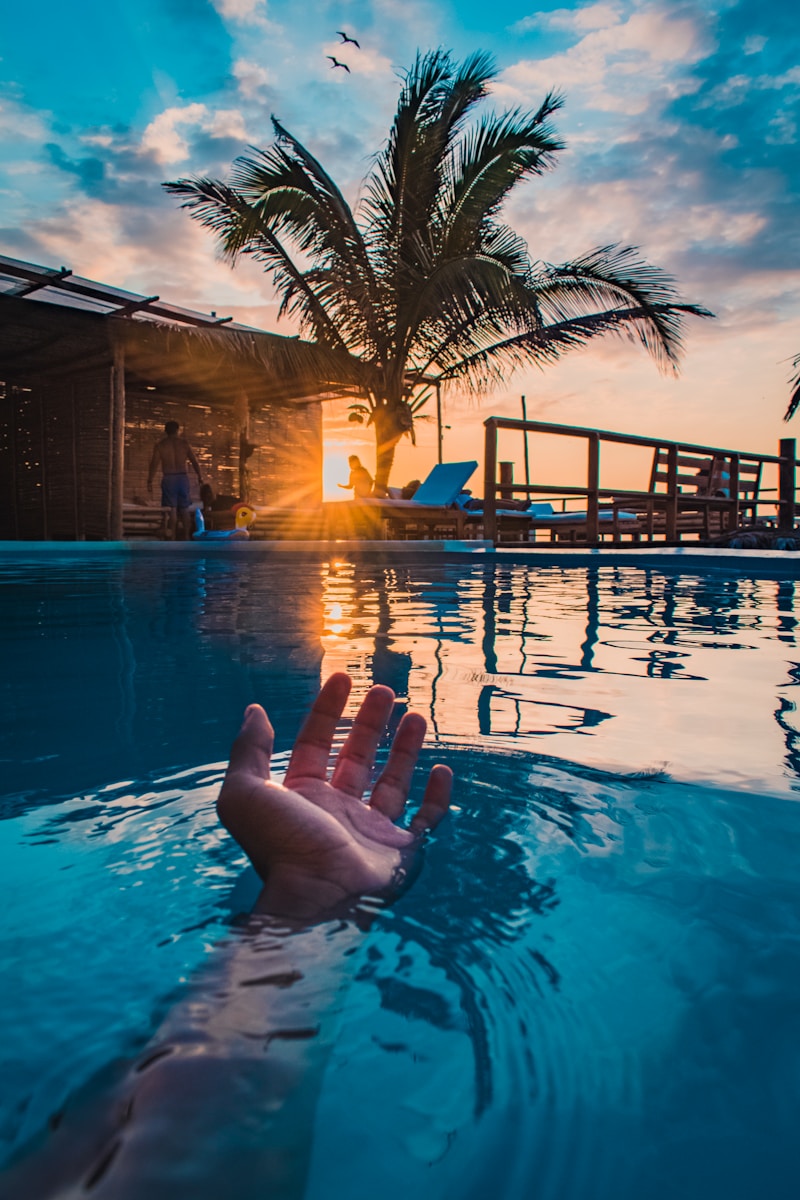Cycling is not just a fun activity; it’s also a great way for you to enjoy eco-friendly transport and stay fit. It’s important to understand how to stay safe while riding.
Table of Contents
ToggleEssential Gear For Cycling Safety
When you’re out cycling, having the right gear is crucial for your safety. This includes items that protect you in case of a fall and gear that makes sure you’re seen by others.
Helmets
A helmet is the most important piece of safety gear you can wear. It protects your head in case of a crash. Make sure the helmet is certified for safety and fits snugly on your head. The helmet should cover your forehead and sit level on your head. Make sure the straps are adjusted, so it doesn’t move around. Look for helmets with vents to keep your head cool.
Reflective And High-Visibility Clothing
Wearing reflective and high-visibility clothing helps you stay seen by other road users. This is especially important during low-light conditions. Bright-colored jerseys and jackets with reflective strips increase your visibility. You can also add reflective tape to your bike and accessories. Reflective gear enhances your presence on the road, making it easier for drivers to spot you.
Lights And Reflectors
Bike lights and reflectors are essential if you ride in dim or dark conditions. A headlight on the front of your bike and a tail light on the back can make a huge difference. Flashing lights often catch more attention. Reflectors on your pedals, wheels, and handlebars add extra visibility. Always check your lights before heading out to ensure they are working and charged.
Gloves And Protective Padding
Cycling gloves protect your hands from blisters and improve your grip on the handlebars. They also offer padding that can help prevent injuries during a fall. Look for gloves with padding in the palm area and breathable fabric. Protective padding for your knees and elbows is also a good idea, especially if you’re mountain biking. This extra padding helps absorb impact and reduce injuries.
Proper Footwear
Wearing the right shoes can improve your efficiency and safety while cycling. Cycling shoes with cleats that attach to the pedals provide better control and power transfer. If you prefer regular shoes, make sure they have a good grip and won’t slip off the pedals. Velcro straps or laces will ensure they stay securely on your feet. Always check that your shoes are in good condition before riding.
Eye Protection
Cycling glasses shield your eyes from dust, wind, and debris. They also protect you from harmful UV rays. Look for glasses with interchangeable lenses so you can adapt to different light conditions. Clear lenses are good for night riding, while dark lenses help on sunny days. Eye protection enhances your comfort and allows you to see clearly, which is important for safe riding.
Important Road Rules For Cyclists
Cycling safely requires knowing and following key road rules. These rules help you stay safe, share the road with motorists, and navigate urban areas more smoothly.
Understanding Traffic Signals And Signs
You need to obey all traffic signals and signs just like any motorist. Stop at stop signs and red lights. Pay attention to yield signs and grant right of way when necessary. Before entering a roundabout, look left and give way to traffic already in the circle.
Riding In Traffic
When riding in traffic, always stay alert. Maintain a consistent and predictable lane position. Ride in a straight line and avoid weaving between cars. Use hand signals to indicate turns and stops. Make eye contact with motorists if possible, but do not rely solely on it.
Navigating Intersections And Roundabouts
At intersections, use hand signals to show your intention to turn. Stay in the right lane if you’re going straight. For roundabouts, watch for traffic and enter when clear. Ride at the same speed as traffic if possible to maintain a safe flow.
Understanding And Using Bike Lanes
Bike lanes are designated spaces for cyclists. Use them whenever possible to stay safe. If the bike lane is blocked, signal and merge into the traffic lane carefully. Always follow the directional markings in the lane and be aware of parked cars that may open doors into your path.
Riding In Groups
When riding in groups, communicate with your fellow cyclists. Use verbal signals to warn of obstacles or changes in pace. Ride in a single file in high-traffic areas and bike lanes. In less crowded areas, you may ride two abreast, but be sure to move into single file to allow cars to pass.
Dealing With Adverse Conditions
For adverse conditions like rain or heavy traffic, lower your speed. Increase your visibility with reflective gear and bike lights. Avoid puddles which can hide potholes. Make sure your brakes are in good working order as wet conditions can affect their performance. Stay focused and cautious.
Additional Safety Tips
Staying safe on a bike involves more than just wearing a helmet and following traffic rules. Regular bike maintenance, staying alert, proper hydration, and knowing your limits are key to preventing injuries and ensuring a smooth ride.
Regular Bike Maintenance
Keeping your bike in good condition is essential for comfort and control. Regularly check your tires for wear and tear, and ensure they are properly inflated. Inspect your brakes to make sure they are working well. Adjusting your seat to the correct height can prevent discomfort and help you ride more efficiently. Clean your bike regularly to remove debris that could cause mechanical issues.
Also, don’t forget to lubricate the chain to keep it moving smoothly. Simple checks and fixes can be the difference between a safe ride and a cycling accident. Keeping tools handy for minor repairs can save you a lot of trouble.
Staying Alert And Avoiding Distractions
While riding, your alertness is your best defense. Always keep your eyes on the road and your hands on the handlebar. Watch out for pedestrians, car doors opening, and road hazards like potholes or debris. Avoid using your phone while cycling. If you need to use it for navigation, consider a bike phone mount.
Practicing good riding skills can help you react to obstacles quickly. Be cautious when riding near busy intersections where collisions with vehicles are more likely to occur. Remember that distractions can lead to falls, and even head injuries, making it vital to stay focused.
Hydration And Nutrition
Keeping hydrated is crucial, especially on long rides. Carry a water bottle and take regular sips to avoid getting dehydrated. For rides longer than an hour, pack some snacks like energy bars or fruits to maintain your energy levels. These salted caramel dark chocolate nut /dark chocolate almond coconut mini bars might be a great easy-to-carry snack.
Proper hydration and nutrition can help you stay alert and maintain control over your bike. Remember that dehydration can lead to poor decision-making and slower reaction times, increasing the risk of accidents. Keeping your body fueled and hydrated ensures you can handle whatever the ride throws at you.
Knowing Your Limits
Understanding your limits can prevent a wide range of cycling accidents. If you’re feeling tired or unwell, it’s better to cut your ride short. Pushing yourself too hard can lead to poor decision-making and slower reaction times. Know your skill level and avoid challenging terrains if you’re not confident.
If you’re new to cycling, stick to bike paths and less crowded areas to build up your skills. Recognizing when to take breaks or end your ride can significantly reduce the risk of injuries and ensure a more enjoyable experience.
Additional Resources
Feeling confident on the road is just as important as having the right gear. Check out these resources to deepen your knowledge and stay safe while cycling:
Important Links
- NHTSA Bicycle Safety Tips
- The National Highway Traffic Safety Administration (NHTSA) offers valuable bicycle safety tips for both kids and adults. Learn about common road hazards and safety practices.
- Informed Cyclist’s Guidelines
- This guide provides 15 essential safety guidelines for cyclists of all ages, from selecting the right gear to obeying traffic laws.
- Bike Essentials for Safety
- Discover crucial gear like lights, helmets, and more. Understand why these items are important for reducing the risk of accidents.
Useful Organizations
- NHTSA: NHTSA offers comprehensive resources and guidelines to ensure all cyclists stay safe on the roads.
- Local Bicycle Clubs: Joining a local club can provide you with group rides, safety tips, and community support.
Quick Facts
- Always wear a properly fitted helmet. A helmet should be level, stable, and have a firm chin strap.
- Use bike lights even during the day. They can reduce accident risks by 30-50%.



